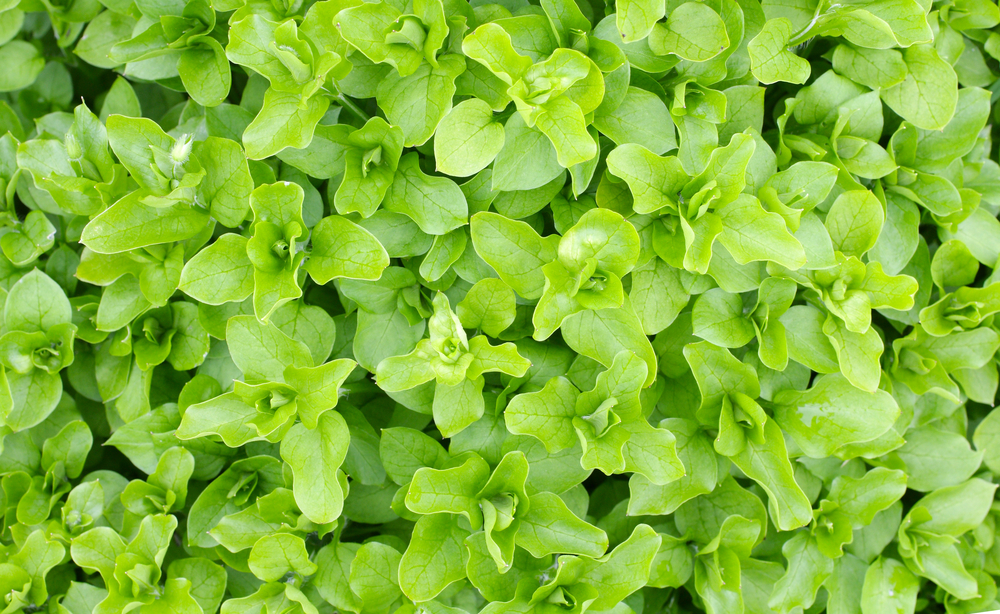 The common chickweed is a mat forming winter annual or short-lived perennial in temperate regions and is identified by alternating, shiny leaves. Upper leaves are without pedicle, while lower leaves have sparsely, hairy long pedicle. Found throughout North America, with the exception of the Rocky Mountains. In Austin, this weed is common in gardens, lawns, and fields. It can harbor several viruses and other pests that affect a variety of vegetable crops. It is commonly also called Chickenwort, Craches, Maruns, and Winterweed.
The common chickweed is a mat forming winter annual or short-lived perennial in temperate regions and is identified by alternating, shiny leaves. Upper leaves are without pedicle, while lower leaves have sparsely, hairy long pedicle. Found throughout North America, with the exception of the Rocky Mountains. In Austin, this weed is common in gardens, lawns, and fields. It can harbor several viruses and other pests that affect a variety of vegetable crops. It is commonly also called Chickenwort, Craches, Maruns, and Winterweed.
Characteristics
Chickweed often forms extensive, dense patches with stems of vertical lines of hairs. Small white flowers are borne in clusters at the end of the stems. Flowers have five deeply notched petals and are quite noticeable. Common chickweed is similar in growth habit and appearance to mouseear chickweed, but mouseear chickweed leaves are covered with soft dark green hairs, whereas common chickweed leaves are less hairy and are light green.
Habitat
Most common chickweed germination takes place during the fall and easily spring, although in shady, moist conditions chickweed can germinate and grow throughout the season. Common chickweed is found in a wide variety of habitats and soil textures. Soil pH ranges from 4.8 to 7.3. It prefers soil with a high level of nitrogen supply, and can readily tolerate very low temperatures, and can even flower and fruit under low temperatures. This weed is sensitive to drought.
How to control
Chickweed services under close mowing by forming dense patches, which crowd out desirable turfgrass. This weed quickly invades thin turf areas especially where there is good soil moisture. Shade and frequent watering encourages chickweed growth. Certain herbicides may be used to control chickweed in areas where reseeding or overweeding of turf is not planned. Timely applications of herbicides will provide postemergence control. To control common chickweed without chemicals, maintain turf density and health using proper culture and allow turf to dry between waterings, or mechanically remove. Tip: If you choose to hand pull, remove the entire plant and root because plant shoots have the ability to re-root.
To remove common chickweed from your lawn, contact Austin lawn care specialists at Emerald Lawns.






